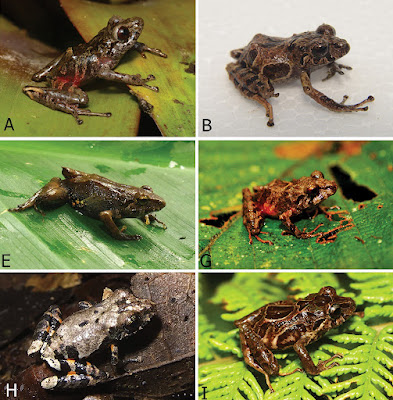A new species of the soft-shelled turtle genus Pelodiscus is described based on seven specimens from Huangshan, southern Anhui Province, China. The new species, Pelodiscus huangshanensis sp. nov. Leer más.





We describe a new species of Anolis lizard from the Pacific slopes of the Andes of southwestern Ecuador at elevations between 372–1,000 m. The new species belongs to the Dactyloa clade and may be distinguished from other Anolis by size, external anatomy, mitochondrial DNA divergence, and dewlap color. Based on phylogenetic analyses of mitochondrial and nuclear DNA sequence data, we found that the new species is sister to A. fraseri in a clade composed primarily of large Dactyloid species. Leer más.
El pasado día 17 de Diciembre tuvo lugar la jornada online sobre Conservación de Humedales y Biodiversidad en Paisajes Agrarios. Para todos los que no pudisteis asistir, os dejamos el link donde podéis ver las charlas a través de Google Drive. ¡Esperamos que os sean interesantes! Ir al enlace

Entre la gran variedad de estrategias reproductivas de los anfibios se encuentra el fascinante caso de los sapos parteros: un grupo de sapos europeos en el que los machos transportan sus huevos hasta que las larvas de su interior se desarrollan y son liberadas en el agua. Leer más.

We present the results of herpetological surveys in two adjacent mountains where the EcoMinga Foundation protects the cloud forest in the Upper Rio Pastaza watershed, in the Llanganates Sangay Ecological Corridor in Ecuador. A rapid assessment of the amphibian communities of the study sites reveals a diverse and heterogeneous composition, dominated by terrestrial frogs from the genus Pristimantis. Leer más.









